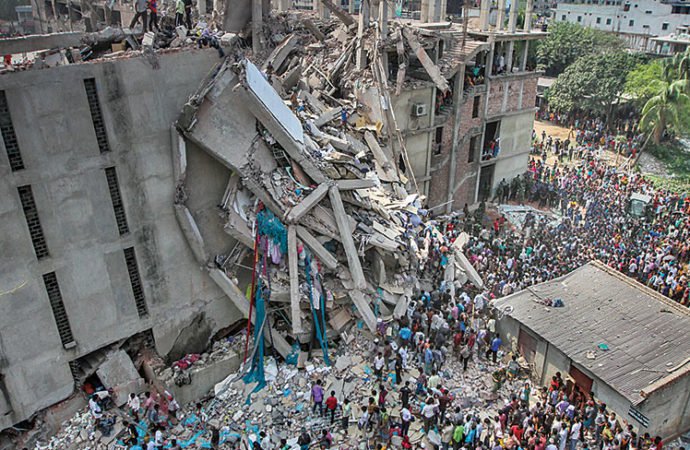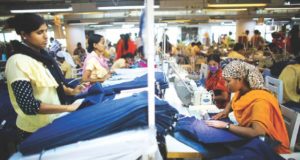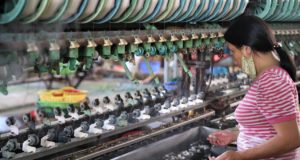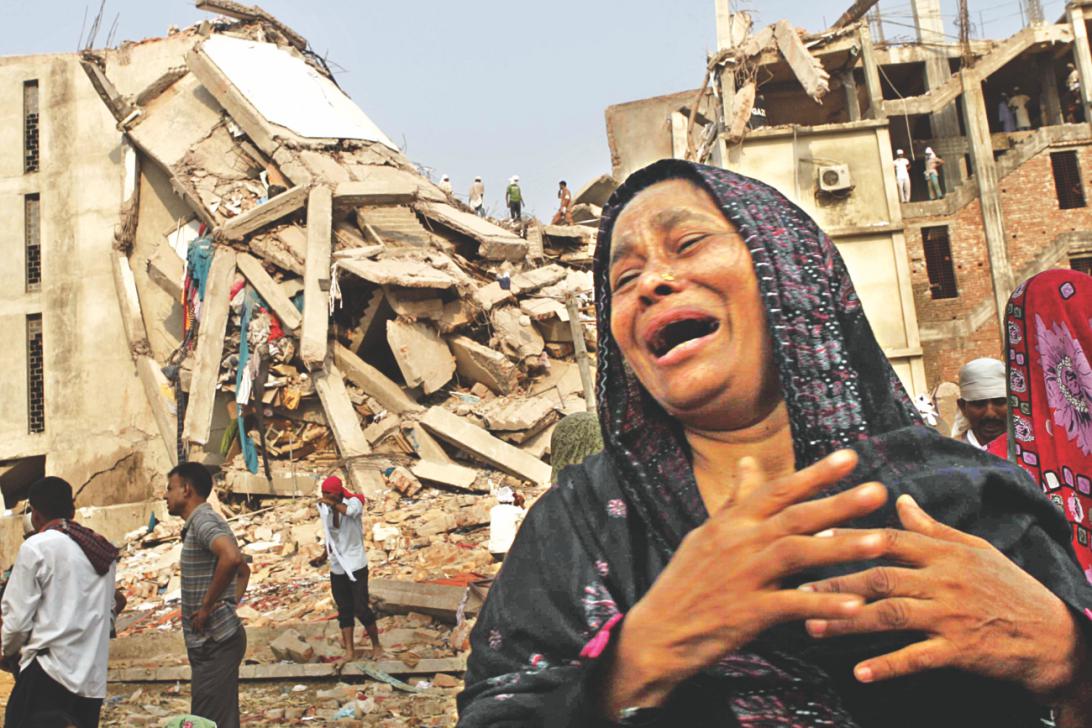By Babul Akhter
Published in Dhaka Tribune on April 30, 2018

April 25, 2018 marked the fifth year anniversary of the collapse of Rana Plaza. The entire nation and the world commemorated the tragic day on which the commercial building, which housed three separate garments factories, collapsed in less than 30 seconds, resulting in the untimely death of over 1,100 workers.
The Rana Plaza collapse is the worst catastrophe in the global history of the readymade garments sector
After the incident, labourers and stakeholders expected a complete reformation of workers’ physical security at the workplace, their right to trade unions, job security, social security and the establishment of labour laws. Sadly, even after five years, our expectations are yet to be fulfilled.
These issues did come to the fore after the tragedy and the world paid heed to the injustice and negligence shown towards labourers. Major markets, including the USA, left us out from its generalized system of preference (GSP). The European Union reconsidered its trade benefits and warned Bangladesh of the possibility of restricted trade arrangements. Countries importing garments from Bangladesh, global brands, national and international trade organizations, ILO and stakeholders started pressing on the issue as well.
A large number of workers from the RMG sector left their workplaces and took to the streets to ensure their rights and security after the collapse, which prompted the government and BGMEA to hold the responsible parties for their gross negligence and introduce a revised minimum wage board.
The aftermath
There were certain immediate achievements – the minimum wage being increased from Tk3,000 to Tk5,300, reformation of existing labour laws and revision of labour security policies, the initiation of trade unions in garments factories on a limited scale, regular factory inspections and finally, ILO’s intervention with programmes to ensure the establishment of labour laws in Bangladesh.
Furthermore, to ensure the safety of RMG workers, IndustriALL Global Union and European buyers created the platform Accord, whereas the Alliance for Bangladesh Worker Safety was created as a consortium of North American brands and buyers. A National Action Plan (NAP) was also established to take into account the security of workers in factories that do not come under Accord or Alliance. The two international platforms primarily focus on the security of the factory buildings, and the reliability of fire and electric systems being used in it.
What is worrying is that several factories have popped up in the years following the Rana Plaza tragedy and no apparent initiatives have been taken to inspect the working conditions and labour security at these factories. The rights of 300,000-400,000 workers are not being ensured in the smaller garment factories that are not in the books of the accord, the alliance and NAP.
Continuous resistance to trade unions
The establishment of trade unions in the RMG industry, creating a platform for negotiations between owners and workers, was among the various expectations of reformation in the aftermath of the tragedy. However, old barriers have only been joined by newer ones.
Till date, workers are harassed by the police and goons for creating unions, andthey have had applications to form unions cancelled, had cases lodged against them and have even lost their jobs. Since 2015, the process of forming trade unions has become significantly more difficult, particularly after implementation of the Labour Policy 2015.
From 2013 to October 2017, 474 trade unions were formed out of 5,000 factories in the sector. According to BGMEA, a total of 604 trade unions are operational, including 130 unions which were formed before the Rana Plaza tragedy. Even though these are numbers provided by the Labour Office of the government, we already know of 135 unions that have shut down for various reasons. They include unions in carton box factories, embroidery factories, accessories factories and textile mills. Only 35-40 trade unions have been successful in negotiating better terms with the owners – these are the only ones operational in the RMG sector.
When the process of forming trade unions gained momentum after 2013, garment factory owners seemed to be threatened by the idea of unions. Some owners took matters into their own hands and registered trade unions for their factories, other garment federations registered unions only to show the numbers, and a few labour leaders coerced money from owners by threatening to form unions. In most of these cases, workers were not properly participating in the unions. Several NGOs and federations also joined hands to form unions and secure international funds.
The problem with smaller factories
Unions formed in smaller factories failed to survive as the factories closed down. The reloaction of some union-based factories saw their membership decrease significantly, as many of the workers did not join at the new location. Another factor in smaller factories is that workers tend to be mobile, which is why no union is ever sustained for too long.
In factories where trade unions are formed by owners and labour leaders, there is a danger of workers being left out of the relationship. On paper, these factories show membership of 80-90 percent, but in reality, there are no proper activities. None of these unions stand for the workers. There is also the problem of dishonest officials from the labour office and the federation who hold owners hostage by threatening to register trade unions, again of course, leaving the workers out of the process.
However, despite these barriers, there have been a few trade unions which are properly functional. The number may be a small one, but the owners and workers of the factories participate equally in the running of unions. It is safe to say that both the parties are reaping the benefits of such cooperation.
Babul Akhter is the president of Bangladesh Garments and Industrial Workers Federation
 CPD RMG Study Stitching a better future for Bangladesh
CPD RMG Study Stitching a better future for Bangladesh



